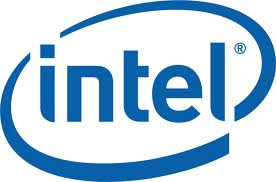Intel pays premium on content for TV service: report

Intel is paying premium rates in order to try and secure programming deals for the firm's new television service.

The tech giant is offering high rates to media providers to try and secure quality programs for its new television service, as reported by Reuters. Citing sources familiar with the matter, the publication says that Intel is yet to secure any programming and licensing deals, but CBS, News Corp and Viacom have all reached agreements with the company in terms of how content would be distributed.
Intel's rates have increased significantly since talks began, and is now offering "as much as 75 percent more" than traditional cable companies.
The U.S. chip maker plans to launch its television service later this year. Intel said in February the new television service will provide a set-top box and service with both live and on-demand programs, a set of applications and a built-in camera. The service will be in direct competition with rival companies that offer platforms including Roku, Google TV and Apple TV.
Intel media head Erik Huggers says that the company's new platform will be a "premium" product, and customers will be offered smaller channel bundles than those currently on offer by cable and satellite providers.
NBC Universal is still reportedly in talks with Intel, but negotiations are earlier than those entered with other content producers. If Intel plans to compete with the likes of Apple, Amazon and Google, then it would need to reach agreements with at least five major media companies. In order to try and lure content partners, Intel has suggested "preventing viewers from skipping commercials on the first run of a show."
Last Tuesday, Intel and Samsung announced that Intel's Wireless Display technology will be integrated directly into Samsung television sets, allowing consumers to play PC content on screens without the need for a separate receiver.